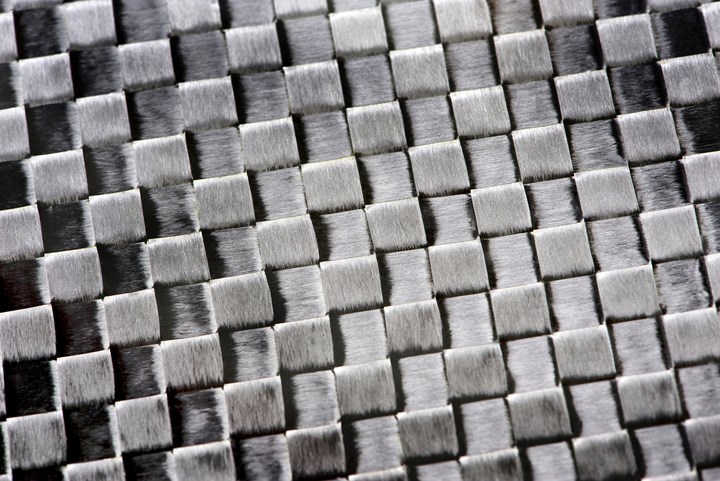White House Executive Order to build supply chain resilience for carbon fiber
Commitment to comprehensively address U.S. supply chain risks highlights carbon fiber as one of four key products that will be reviewed.

On Feb. 24, President Biden signed an Executive Order to help create more resilient and secure supply chains for critical and essential goods in the U.S. According to the announcement, the Order will launch an immediate 100-day review across federal agencies to address vulnerabilities in the supply chains of four key products, consisting of active pharmaceutical ingredients (APIs), semiconductors and advanced packaging, large-capacity batteries and critical minerals which include carbon fiber.
The review will identify near-term steps the administration can take, including with Congress, with the primary goals to build up more supply chain resilience in order to protect the U.S. from facing shortages of critical products in the future, maintain America’s competitive edge and strengthen U.S. national security. These actions will also ensure the nation’s capacity to respond quickly in the face of challenges.
The Executive Order also calls for a more in-depth, one-year review of a broader set of U.S. supply chains with a focus on six key sectors:
- The defense industrial base
- The public health and biological preparedness industrial base
- Communications technology (ICT) industrial base
- Energy sector industrial base
- Transportation industrial base
- Supply chains for agricultural commodities and food production
The one-year review will include a set of risks for agencies to consider in their assessment of supply chain vulnerabilities; recommendations on actions that should be taken to improve resiliency; a sustained commitment to supply chain resiliency; and consultation with external stakeholders.
Related Content
-
Recycling end-of-life composite parts: New methods, markets
From infrastructure solutions to consumer products, Polish recycler Anmet and Netherlands-based researchers are developing new methods for repurposing wind turbine blades and other composite parts.
-
Plant tour: Joby Aviation, Marina, Calif., U.S.
As the advanced air mobility market begins to take shape, market leader Joby Aviation works to industrialize composites manufacturing for its first-generation, composites-intensive, all-electric air taxi.
-
Plant tour: Teijin Carbon America Inc., Greenwood, S.C., U.S.
In 2018, Teijin broke ground on a facility that is reportedly the largest capacity carbon fiber line currently in existence. The line has been fully functional for nearly two years and has plenty of room for expansion.












